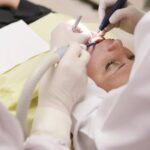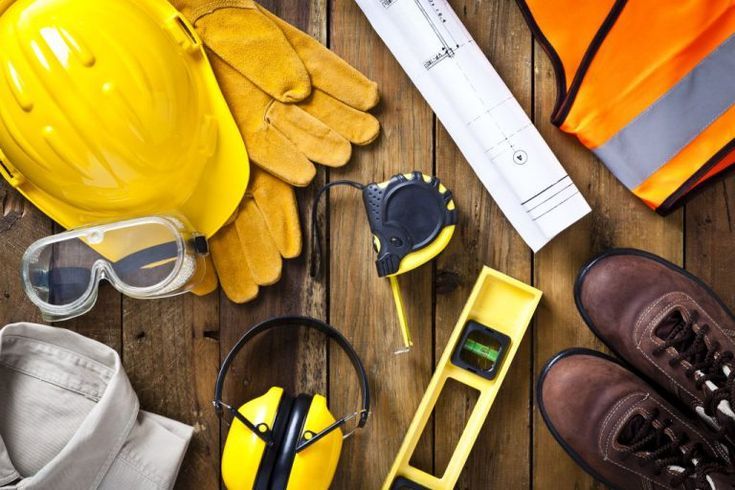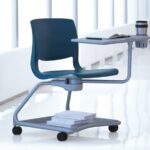Personal protective equipment (PPE) maintains widespread recognition today although its meaning surpasses what appears in headlines. Various settings including medical places, building sites and households benefit from proper PPE because it proves transformative for safety together with health. Our protection alongside others depends strongly on these necessary protective items that stop hazardous material exposure while lowering potential injuries.
Familiarity with personal protective equipment requires fundamental understanding from every community member. The following guide will introduce different types of presently available PPE alongside explaining their individual role protecting your safety. The choice between appropriate personal protective equipment determines your safety levels in either a work or home environment. This article explains the daily protective equipment required for personal safety.
Face Masks Different Types and Their Uses
Wearing face masks has become mandatory when using personal protective equipment. They function as vital protective elements that minimize the spread of airborne particles together with germs and infectious agents.
The market contains different face masks that each function best in unique settings. Medical staff in healthcare facilities frequently use surgical masks which offer minimum protection from splashes together with respiratory droplets. Healthcare workers used as well as patients benefit from single-use face masks which protect them from hazards during medical procedures.
N95 respirators function better at blocking particles than surgical masks do in terms of respiratory filtration. The filtration capability of these masks achieves at least 95% effective removal of tiny particles thus making them appropriate when exposure risks rise.
The common public has started to adopt cloth masks as their protective choice. Aths provide some protective benefits because they stop bigger virus droplets from getting airborne during intimate conversations or sneezes even though they cannot match medical-grade options.
The choice of face mask depends on how exposed you are to environmental hazards.
Gloves Materials and Proper Usage
Personal protective equipment contains gloves as an essential component. The protective features of gloves exist in different materials based on their assigned purposes.
Healthcare facilities widely use latex gloves because their elastic material features comfortable characteristics. Nitrile gloves serve as suitable alternatives for people who have allergic reactions to other materials. The properties of nitrile include durability and strong resistance against puncture attacks.
Materials used for chemical handling operations benefit from vinyl gloves which offer enough protection compared to nitrile or latex gloves. The glove needs testing against any dangerous substances you plan to handle throughout your work activity.
Use and method of glove implementation determine their effectiveness. Every user needs to check their gloves for openings and fractures before they start using them. Replace gloves immediately before moving from one task to another to stop the spread of contamination.
When removing gloves you should do it carefully to stop any potential chemical exposure to your skin. Throw away one-time usage gloves according to guidelines since repeated usage or recycling of regular gloves produces safety risks.
Eye Protection Goggles vs. Face Shields
Various work settings require workers to use protective eye equipment since hazardous situations are common. The key protective equipment consists of goggles along with face shields that function as separate variants in safety applications.
A close-fitting eye cover known as goggles keeps hazards including chemical substances and debris effectively at bay while covering your eyes. Goggles build a protective barrier which blocks all objects from reaching the eyes. Goggles represent the perfect solution for laboratory and power tool usage.
People who wear face shields receive abundant facial protection alongside unobstructed airflow through their face. Face shields guard against bigger flying objects although they cannot create the close seal that goggles provide. The user experience during prolonged periods of use becomes better due to their particular design.
Deciding between facial protection through goggles or face shields depends on individual work requirements. Before making your choice consider the nature of your expected exposure so you can select the safest option suitable for your scenario.
Protective Clothing From Disposable Coveralls to Hazmat Suits
Industrial safety operations depend fundamentally on protective apparel to maintain personnel safety. The appropriate gear proves essential on both building sites and hospital spaces.
Workers in different industries find disposable coveralls as one of their fundamental protective needs. The protective wear acts as a basic barrier which stops both dirt and dust particles and small liquid drops. These protective suits offer lightweight convenience with easy wearability that works well for short duration jobs requiring minimal contact with hazardous materials.
The protection needs of risky areas require the implementation of hazmat suits. Advanced materials construct these protective suits which guard workers from dangerous toxic substances and biological hazards. A tight fitting closure system exists on these suits to stop contamination from getting through.
Various fields possess individual requirements regarding protective outfits. Research of health requirements enables organizations to implement safety protocols which follow sector standards and prioritize worker safety.
Footwear Boots, Shoe Covers, and More
Personal protective equipment requires footwear as a necessary element. Proper footwear stands as the key factor for ensuring both safety and comfort at work sites.
Specialized safety boots serve to defend users against workplace risks connected to chemicals and sharp items and electrical hazards. Workers in construction sites consistently choose steel-toe boots because these boots protect from heavy impacts and aid in protecting against heavy falling objects.
Shoe covers accomplish separate purposes from the rest of personal protective equipment. The protective footwear adds an additional barrier which stops contamination during access to sensitive areas like laboratories or clean rooms. Such single-use protective items effectively isolate possible dangerous substances from specific protected areas.
Workers must select appropriate footgear which supports productivity and protective safety aspects beyond standard compliance requirements. The purchase of superior protective equipment maintains health safety and produces better productivity during your work-day activities.
















